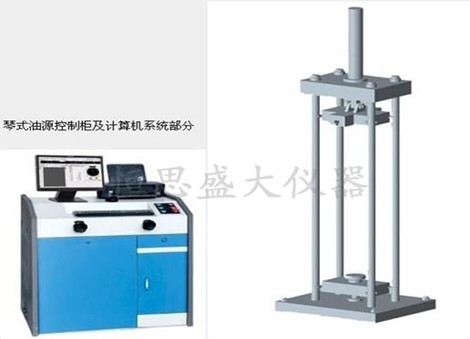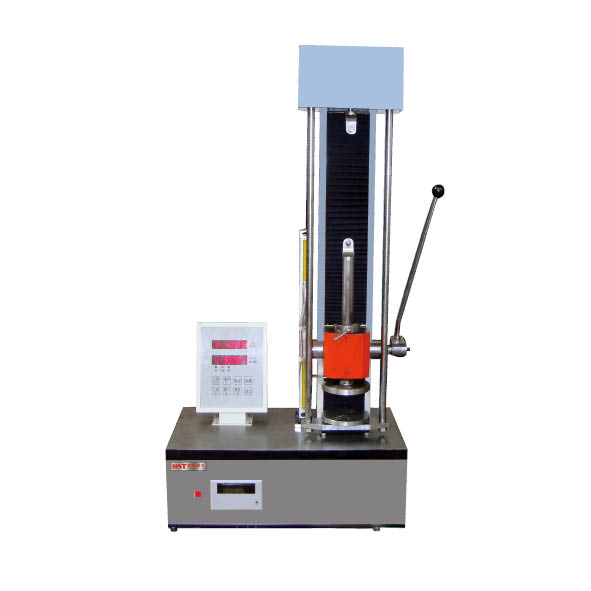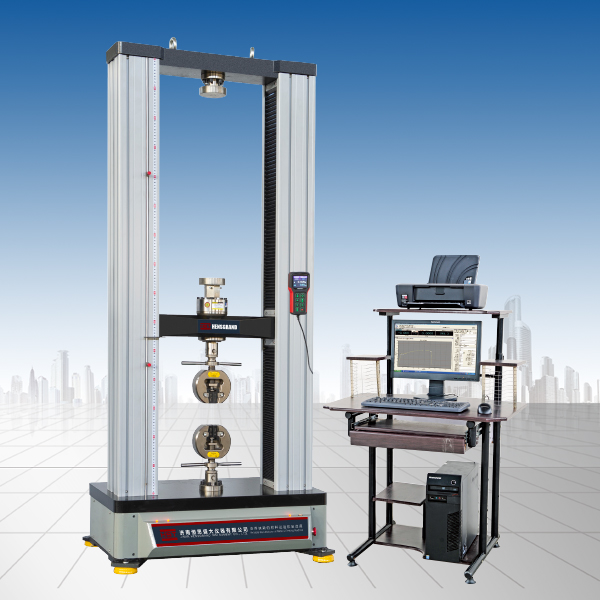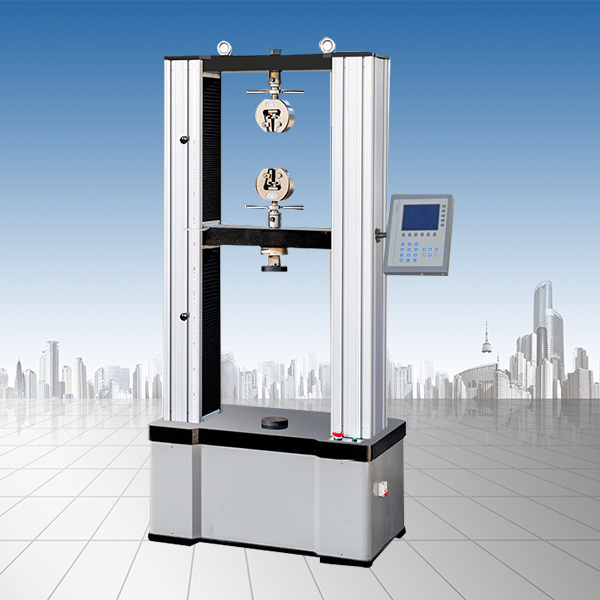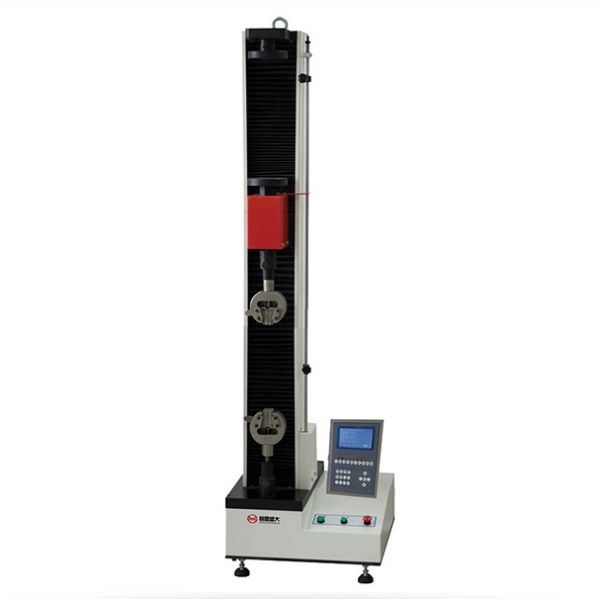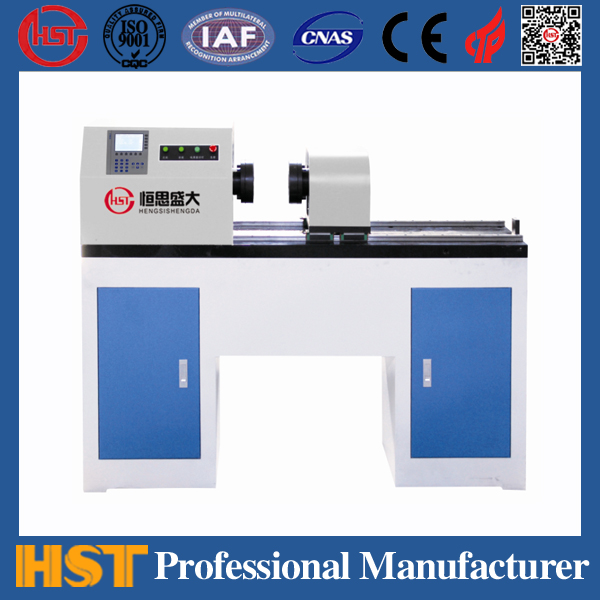Ultrasonic thickness gauge performs thickness measurement based on the principle of ultrasonic pulse reflection. When the ultrasonic pulse emitted by the probe reaches the material interface through the object to be measured, the pulse is reflected back to the probe to determine the thickness of the material to be measured by accurately measuring the time when the ultrasonic wave propagates in the material. In actual testing, it is often encountered that the ultrasonic thickness gauge display value is significantly larger or smaller than the design value (or expected value). What are the reasons for the inaccurate measurement of ultrasonic thickness gauge? Let’s take a look together below.
![Causes of inaccurate measurement of ultrasonic thickness gauge [Information]](http://www.hssdtest.com/uploads/image/20250418/92/4bf95eff694effa90b9054de1581a7d8.jpg)
The reasons for inaccurate measurement of ultrasonic thickness gauge are analyzed as follows:
1. The sound speed is selected incorrectly. Before measuring the workpiece, preset its sound speed according to the type of material or reversely measure the sound speed according to the standard block. When one material calibration instrument is used (commonly used test blocks are steel) and then the other material is measured, an incorrect result will be produced.
2. The influence of temperature. Generally, the sound speed in solid materials decreases with the increase of their temperature. Experimental data show that for every 100°C increase in hot materials, the sound speed decreases by 1%. This situation is often encountered for high-temperature in-service equipment.
3. Laminated materials, composite (non-homogeneous) materials.
It is impossible for ultrasonic thickness gauge to measure uncoupled laminated materials because ultrasonic waves cannot penetrate uncoupled space and cannot propagate uniformly in composite (non-homogeneous) materials.
For equipment made of multi-layer material bandage (such as urea high-pressure equipment), special attention should be paid to the thickness when measuring the thickness. The display value of the ultrasonic thickness gauge only indicates the thickness of the material in contact with the probe.
4. The influence of ultrasonic thickness gauge coupling agent.
Coupling agent is used to eliminate air between the probe and the object to be measured, so that ultrasonic waves can effectively penetrate the workpiece to achieve detection purposes.
If the type is selected or the method of use is incorrect, an error or coupling flag will be flickered and cannot be measured. In actual use, when the probe leaves the workpiece due to excessive use of coupling agent, the instrument display value is the thickness value of the coupling agent layer.
5. There is sediment in the object to be measured (such as a pipe). When the acoustic impedance of the sediment and the workpiece are not much different, the ultrasonic thickness gauge displays the wall thickness plus the sediment thickness.
6. The influence of metal surface oxide or paint cover.
Although the dense oxide or paint anticorrosion layer generated on the metal surface is closely combined with the matrix material and has no name-profile interface, the propagation speed of the sound speed in the two substances is different, which causes errors, and the error size is also different depending on the thickness of the covering.
7. The influence of stress of ultrasonic thickness gauge.
Most of the in-service equipment and pipelines have stresses, and the stress condition of solid materials has a certain impact on the sound speed. When the stress direction is consistent with the propagation direction, if the stress is compressive stress, the stress effect will increase the elasticity of the workpiece and the sound speed will accelerate; conversely, if the stress is tensile stress, the sound speed will slow down.
When the stress and the propagation direction of the wave are different, the particle vibration trajectory is disturbed by stress during the fluctuation, and the propagation direction of the wave deviates. According to data, generally speaking, the increase in stress and the sound speed increases slowly.
8. When there are defects inside the material (such as inclusions, interlayers, etc.), the display value is about 70% of the nominal thickness (at this time, the defect detection must be further carried out with an ultrasonic flaw detector).
The above is an analysis of the reasons why ultrasonic thickness gauge is inaccurate. It seems simple, but it cannot be taken into account in the actual process, resulting in inaccurate results of the test. Why do we need to measure multiple times when measuring the sample? It is to ensure the accuracy of the data. If you do not take multiple measurements, the conclusions drawn must be not accurate data. I hope the brief introduction above can help you.
How does global marketing drive brand change?
![Causes of inaccurate measurement of ultrasonic thickness gauge [Information]](http://www.hssdtest.com/uploads/image/20250418/92/4bf95eff694effa90b9054de1581a7d8.jpg)


















